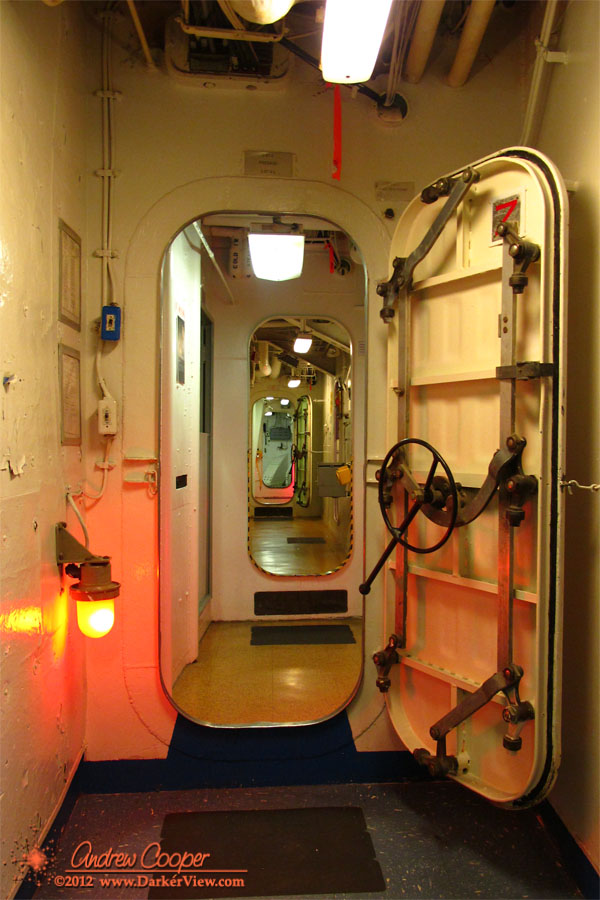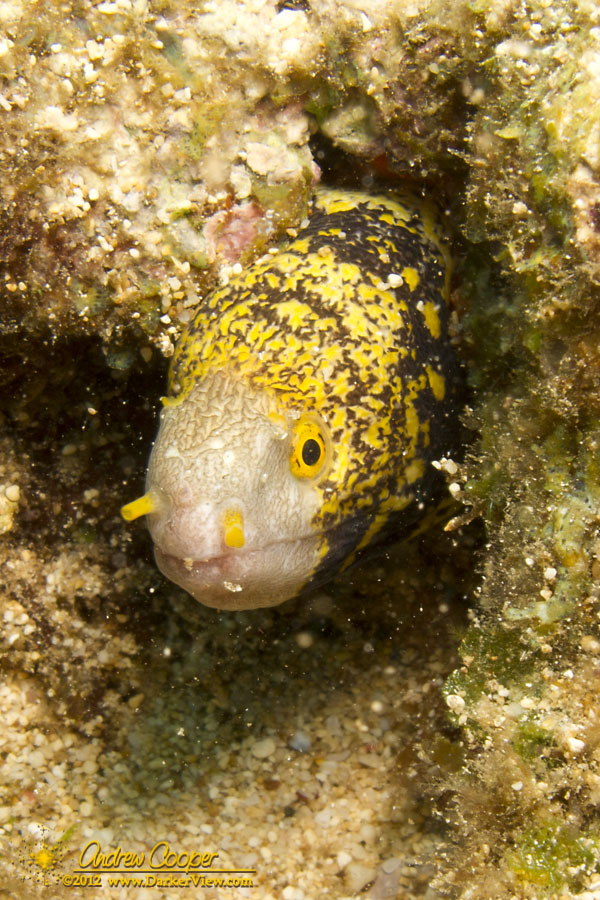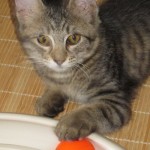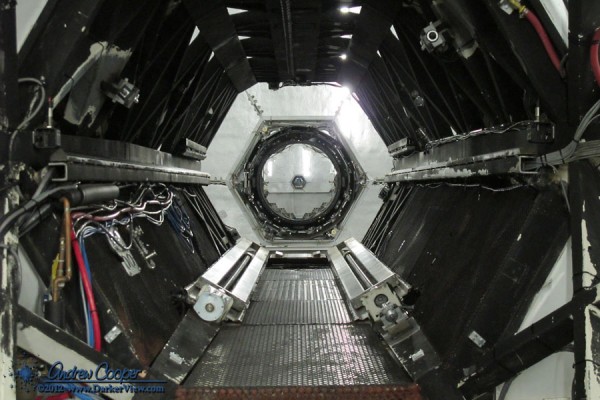Tomorrow morning I will begin to power down the systems. One by one I will open the switches on gear that has rarely been powered off in years. In a matter of minutes it will be off. Dozens of computers, servo drives, camera controllers, racks of gear, silent and dark. I will also shut off the liquid nitrogen to each camera in turn. This will take a bit longer, a couple weeks will be needed to properly warm and back-fill each camera with dry nitrogen for storage. Meanwhile, Brett will carefully cover each optical surface in optical cloth and plastic. A few bits of gear installed in the telescope will be removed to be stored in the basement. By the end of August the Keck Interferometer will be mothballed.
This is the last run, three nights of observations. Two of those are behind us, the third beginning, the end is rapidly approaching.
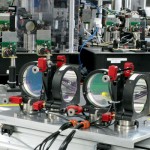
The plan is to carefully mothball the interferometer in place, in such a way as it could be reactivated with a few weeks of work. Maybe, some source of funding might allow the instrument to be used again, that is the hope. But we know how difficult the current budget environment has become.
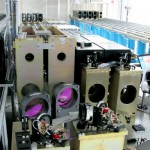
Oddly, one of our laser spotters did not make it to the summit and I was obliged to fill in. Fortunately it was a lovely night on the summit, not very cold and with no wind to make it miserable. For a couple hours I relaxed in the Laser Suzan chair, watching the sky. Above me arched the Milky Way, somewhat dimmed by a bright Moon, but still beautiful. A few bright meteors punctuated the night. The scene was a made a bit surreal by three lasers, all targeting the galactic core, the very center of our galaxy. Beside me the camera regularly issued the soft sound of the shutter, taking images of the night.
The second night was a series of galactic targets and a couple AGN’s. The final analysis will take time, but initial indications are that we have good data on at least some of the targets. A couple targets proved too faint for the system to track on. No surprise, we planned to reach a little with this last run.
Thus we begin this last night, the practiced evening routine is complete, final checks done. The last targets a list of selected YSO’s (young stellar objects) to be observed in L-Band. We settle in for the night, hopefully a quiet night. As usual, if I am busy, things are not good. All is going well, a fitting end to the instrument and a testament to all those who have put so much into the system. Something to remember.

